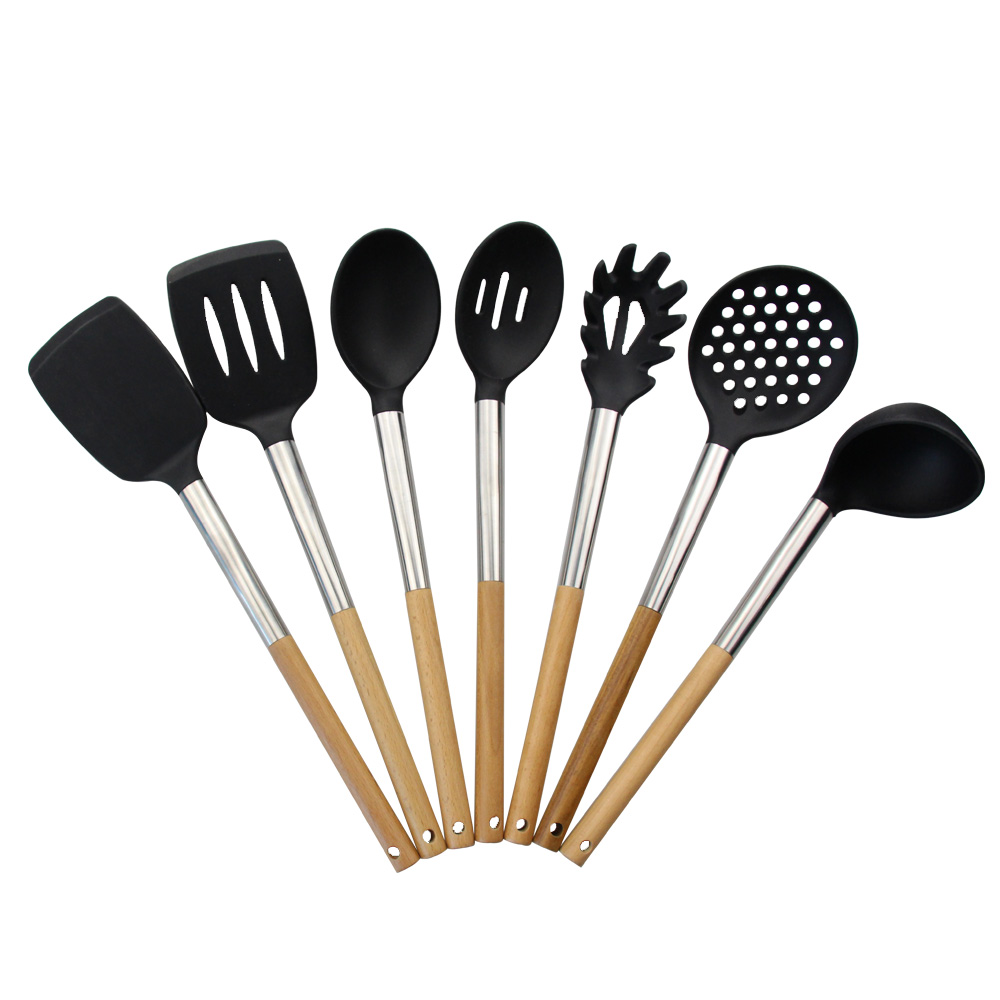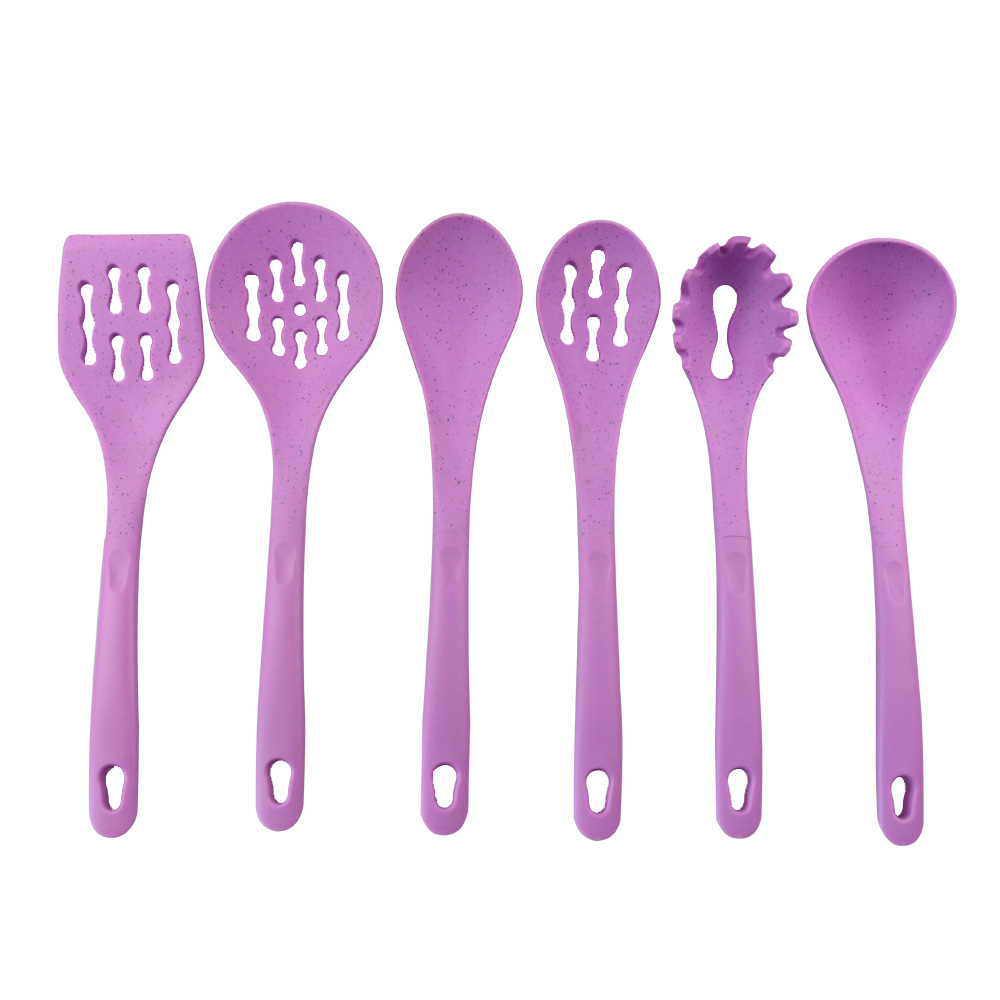Phenomenon: The ink cannot be transferred from the ink fountain to the ink roller, the supply of ink is reduced or interrupted, and the color of the printed product becomes lighter.
Reasons: Poor flow of ink, ink is too short (such as butter), the viscosity of the ink is small, thixotropic, no colloidal gel formation.
Solution: The ink in the ink fountain is often agitated, and ink with high viscosity and good fluidity is added. High viscosity resin oil is added to improve the flow of the ink.
Second, pile rubber
Phenomenon: The ink accumulates on the blanket and cannot be transferred to paper.
Causes: The ink has low viscosity, poor water resistance, too many pigments and fillers in the ink, and insufficient fineness. The paper powder is peeled off and mixed into the ink to make the ink short, and the amount of the antiadhesive agent and the release agent is too large.
Solution: Minimize the content of the fountain solution, add a large viscosity, good water resistance ink, reduce the amount of anti-adhesion agent and purging agent, replace the paper.
Three, ink roller
Symptoms: The ink on the roller cannot be transferred.
Reasons: The poor water resistance of the ink or the overdosing of the printing solution causes the ink to emulsify, the ink ink property is too short, the viscosity is small, and the fluidity is poor.
Solution: Reduce the amount of water supplied or add isopropanol to the solution to improve the wettability, increase the volatility, and add ink with high viscosity and good fluidity.
Fourth, flying ink
Phenomenon: The formation of misty ink droplets between the ink rollers is scattered around the machine.
Cause: The printing speed is too fast, the amount of ink is too large, and the ink layer on the ink roller is too thick. The ink is sticky, the length of the wire is long, and the ink roller is improperly mounted or worn.
Solution: Reduce the printing speed, change the ink with high color density, reduce the amount of ink, use the dissolving agent to reduce the ink viscosity, adjust the ink roller pressure, make the ink film thickness uniform, and adjust the ratchet wheel to increase the axial movement of the ink roller. To increase the amount of ink, replace the damaged ink roller.
Fifth, uniform ink is not good
Symptoms: The ink is uneven and the pattern is not clear.
Cause: The ink is too thick and sticky, the ink is dry on the plate, the ink roller, the plate cylinder pad, and the rubber roller pad are not suitable.
Solution: Use ink varnish to reduce the viscosity of the ink, such as dry quickly add 525 anti-skinning agent 1% to 3%; re-adjust the plate and blanket pad.
Six, pull the paper
Phenomenon: When printing, a small portion of paper wool fiber is pulled down from the surface of the paper and accumulated on the graphic of the blanket.
Causes: The ink is sticky, the surface strength of the paper is low, the printing speed is too fast, and the pressure is too high.
Solution: Reduce the speed of printing. Adding a dissolving agent to the ink reduces the viscosity of the ink and replaces paper with high surface strength.
Seven, ring white spot
Phenomenon: Ring-shaped white spots appear on the prints.
Cause: Ink is mixed with ink in the ink on the printing plate blanket, paper dust, dust and other foreign matter mixed into the ink.
Solution: Do not take the ink belt into the ink when taking the ink in the tank, do a good job in the cleaning of the environment, and frequently clean the paper and the confetti on the toilet paper device.
Bad overprint
Phenomenon: When the wet is overprinted, the ink printed on the back cannot be attached to the previously printed ink.
Cause: The ink after the printing is more viscous than the ink printed before. The ink printed first is slow and the ink is large.
Solution: To change the printing sequence, the ideal stickiness requirement should be reduced in order of overprinting color; fast ink printing should be adopted, and ink printing should be used as far as possible to ensure the equivalent amount of ink is used.
9. Crystallization
Phenomenon: When the wet is dry, the printed ink cannot be printed on it, and it can be easily wiped off even if it is printed on the bare side.
Cause: The ink that was printed first dried too quickly; the interval between prints before and after was too long; the first bag had too much dust.
Solution: a reasonable understanding of the interval between the overprint; reduce the amount of dusting of the first color; if the crystallization has occurred can be used once again to remedy the way of printing bright oil.
X. Powdering
Phenomenon: After the ink is dry, there is a little pressure and it is easy to wear away.
Cause: The surface of the ink is not completely dry at the beginning of drying; the wax content in the ink is insufficient; the amount of dusting powder is too large; the viscosity of the ink is small and the water resistance is poor; the ink absorption of the paper is too strong.
Solution: Add dry oil to increase the drying speed of the ink; increase the abrasion resistance agent; reduce the amount of powder sprayed; reduce the acidity of the syrup to reduce the amount of water, and replace the less absorbent paper.
Eleven, slow drying
Phenomenon: Imprinted for 4-8 hours, it is easy to get rid of.
Causes: Insufficient desiccant in the ink; excessive acidity of the paper; excessive moisture in the paper; ink emulsification; excessive amount of wetting powder added.
Solution: Add desiccant to improve the drying speed of the ink; replace the paper; pay attention to the paper in the storage do not get wet, add water-based desiccant in the fountain solution or use quick-drying wetting powder, adjust the PH value of the powder water, reduce wetting The amount of powder added.
Twelve, fast drying
Phenomenon: In the use of ink, the viscosity is increased, and it is crusted in the ink fountain.
Cause: There are too many desiccants in the ink, and the temperature in the printing shop is high or the humidity is low.
Solution: Contact the printing plant to adjust the amount of desiccant; control the temperature and humidity of the workshop.
Thirteen, dirty
Phenomenon: Dirty stains are generated in non-graphic areas, because they are not dyed from the plate, so they are easily rubbed off.
Reason: The ink is soft and poor in water resistance. Some of the ink is emulsified into the fountain solution by the fountain solution to form an oil-type emulsion in water. The chemical substances in the paper and the soap or detergent contained in the dampening solution cause ink emulsification. .
Solution: Change the harder emulsified ink with thicker viscosity; replace the paper; adjust the dampening fluid composition and PH value.
XIV. Dirty oil
Phenomenon: There is a floating net point in the non-graphic area of ​​the layout. The actual non-graphic area of ​​the printing plate becomes fat-sensitive, and the ink is attached to it.
Cause: The ink is too thin and soft, the viscosity is small, and the amount of ink is large; the ink is emulsified; the pressure of the dampening roller and blanket of the ink roller is too large, and the surface structure of the printing plate is damaged, and the sensory substance is leaked from the paper.
Solution: Replace the ink, adjust the ink supply, adjust the printing solution, add isopropyl alcohol or alcohol, reduce the surface tension, adjust the ink roller pressure, and replace the paper.
Fifteen, the back of the dirty
Symptoms: The printed ink on the front side of the printed matter that has just been printed is dirty on the back of the print.
Cause: The ink is drying too slowly, the amount of ink is too large, and the paper absorbs poorly.
Solution: Change the fast fixing type ink to reduce the amount of ink; add anti-adhesion agent to the ink, dust the surface, replace the absorbent paper
Our utensil set is perfect for cooking, baking, serving, grilling, ect. Meet all your need in the kitchen!
PREMIUM QUALITY - Made of 100% FDA Approved, Quality Food-Grade Silicone is BPA , PVC FREE. Won`t chip, warp or melt like your old plastic Kitchen Utensils or bamboo kitchen utensils.
CLEAN WITH EASE - Our non-stick silicone utensil set is easy to clean uder the water or dishwasher safe.
Designed For Utility & Ease of Use - Made to make your life in the kitchen easier, these wonderful utensils all feature heat-resistant, ergonomically shaped and comfortable non-slip grip handles.



Silicone Kitchen Utensils
Silicone Cookware Set,Silicone Kitchen Cookware,Silicone Cooks Tools Cookware,Cool Silicone Kitchen Tools
YANGJIANG TOALLWIN TRADING CO., LTD , https://www.kitchenknife.de